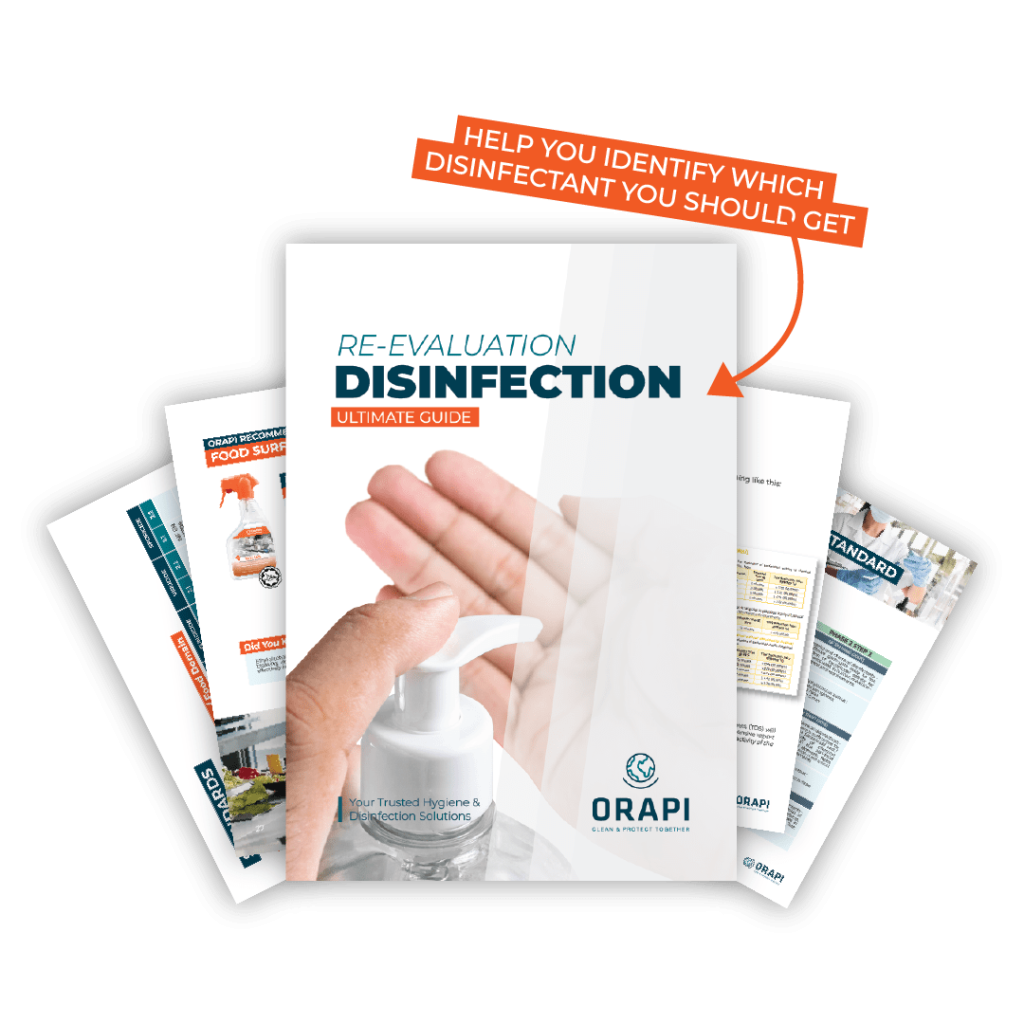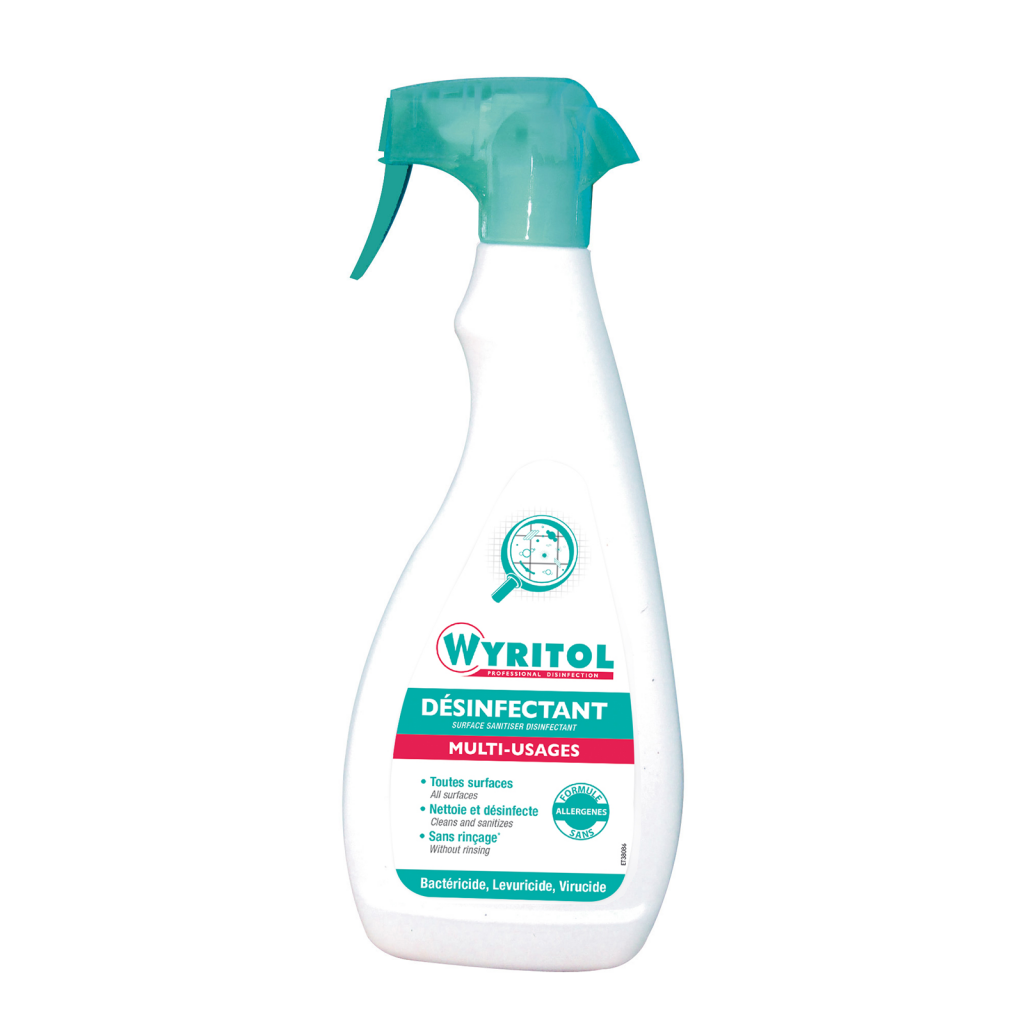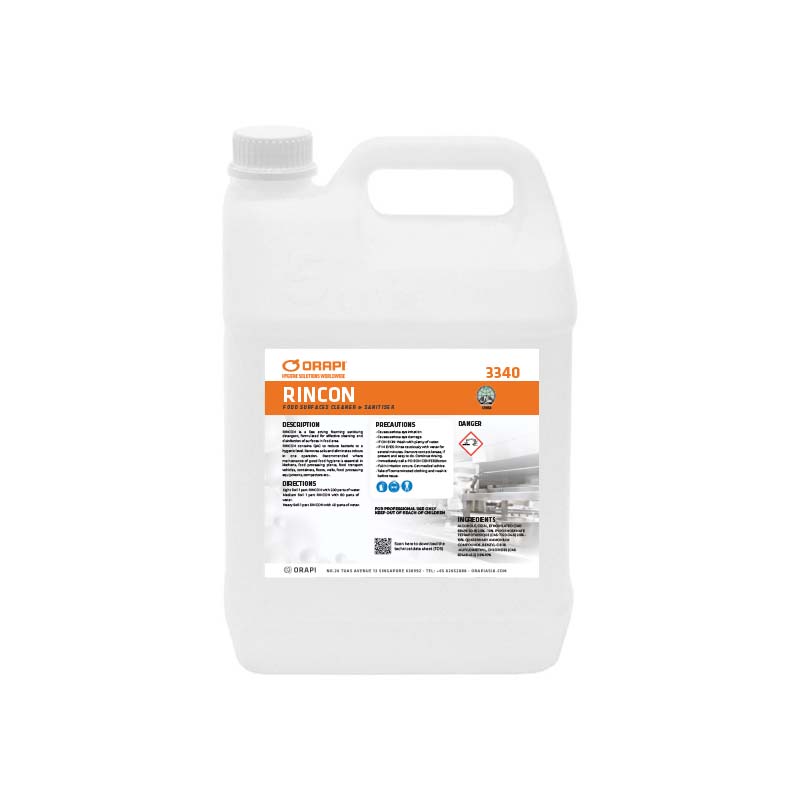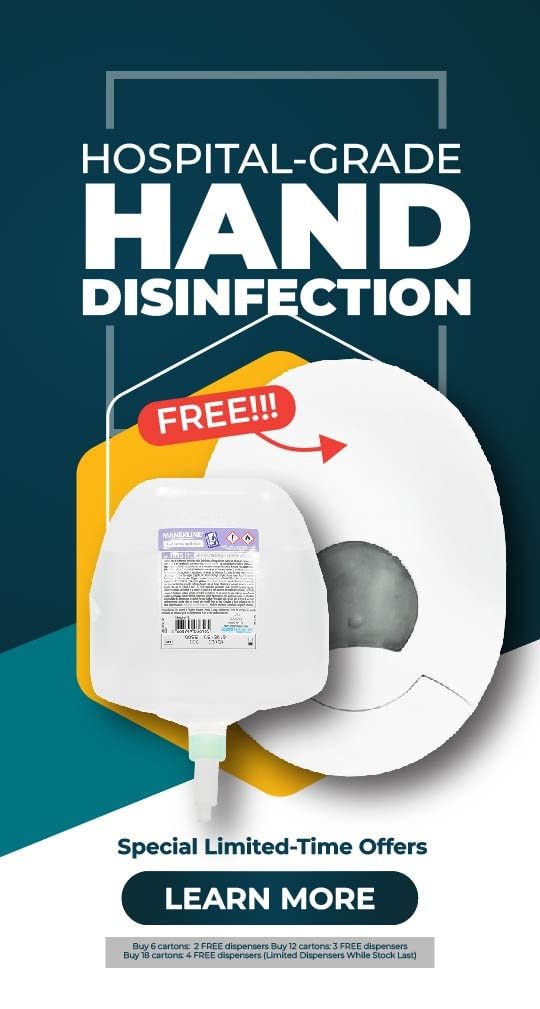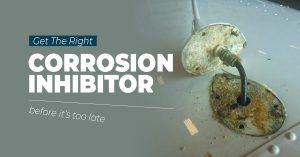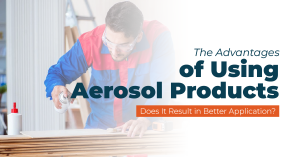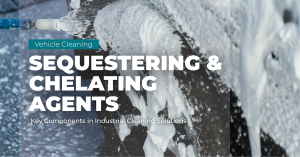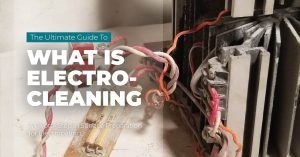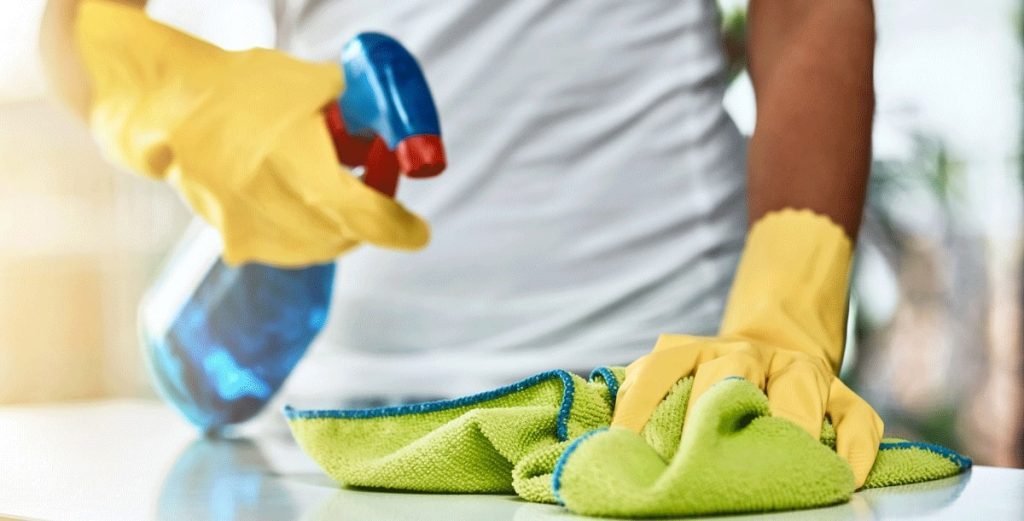
In the first two parts of ‘What’s the Difference Between Sanitising and Disinfecting’, we elaborated on the main features of sanitising and disinfecting. We explained that both processes—therefore, both sanitisers and disinfectants—differ in their effectiveness against different microorganisms. In this article, however, we compare and contrast sanitising and disinfecting while highlighting their individual differences against each other.
Effectiveness Standards
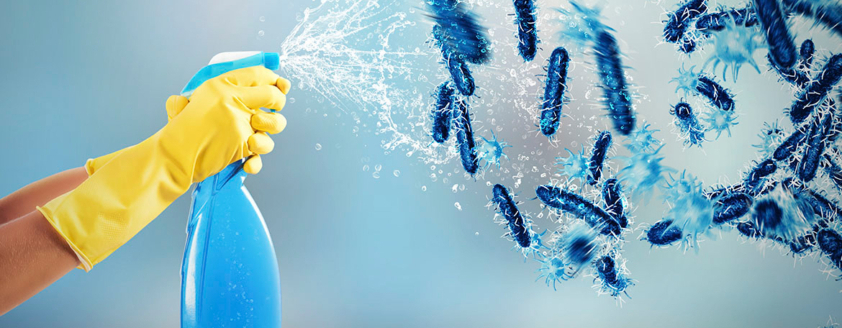
Sanitising and disinfecting are two methods to reduce the presence of bacteria, viruses, and other microbes on a surface. While sanitising decreases the number of microorganisms, disinfectants are more effective as they contain chemicals like hydrogen peroxide that produce destructive free radicals. These radicals attack cell components and kill almost all the microbes present on a surface or object.
Sanitisers are useful in reducing bacterial presence on surfaces by around 99.9%. They are primarily effective against bacteria, but their efficacy against viruses or fungi is limited. On the other hand, disinfectants are more potent and capable of eliminating a broader spectrum of microorganisms, including viruses, bacteria, and fungi. They have a higher kill rate, often eradicating up to 99.9999% of germs, making them more effective than sanitisers in dealing with various types of pathogens.
Killing Illness Spreading Germs
While sanitisers like chlorine and QUAT-based sanitisers can help reduce the number of germs on a surface, they may not necessarily kill them. However, by lowering the total number of germs present, sanitisers can still help prevent the spread of illness by reducing the risk of infection. Disinfectants, in contrast, are designed to destroy or inactivate a broader range of germs on surfaces and objects. Due to their potent nature, they are primarily used for surface usage rather than for hands, as sanitisers are effective in lowering the number of germs to a safe level.
ORAPI RECOMMENDS:
- One-step disinfectant and cleaner.
- Professional formulation recommended for surface cleaning and disinfection in medical, food, industrial, offices, and childcare.
- Reduce viral contaminations.
- Leaves a fresh scent.
- Ideal for everyday cleaning and disinfecting: toilets, rubbish bins, microwaves, working surfaces, countertops, tables, fridges, etc.
- No-rinse.
Sanitisers and Disinfectants Application
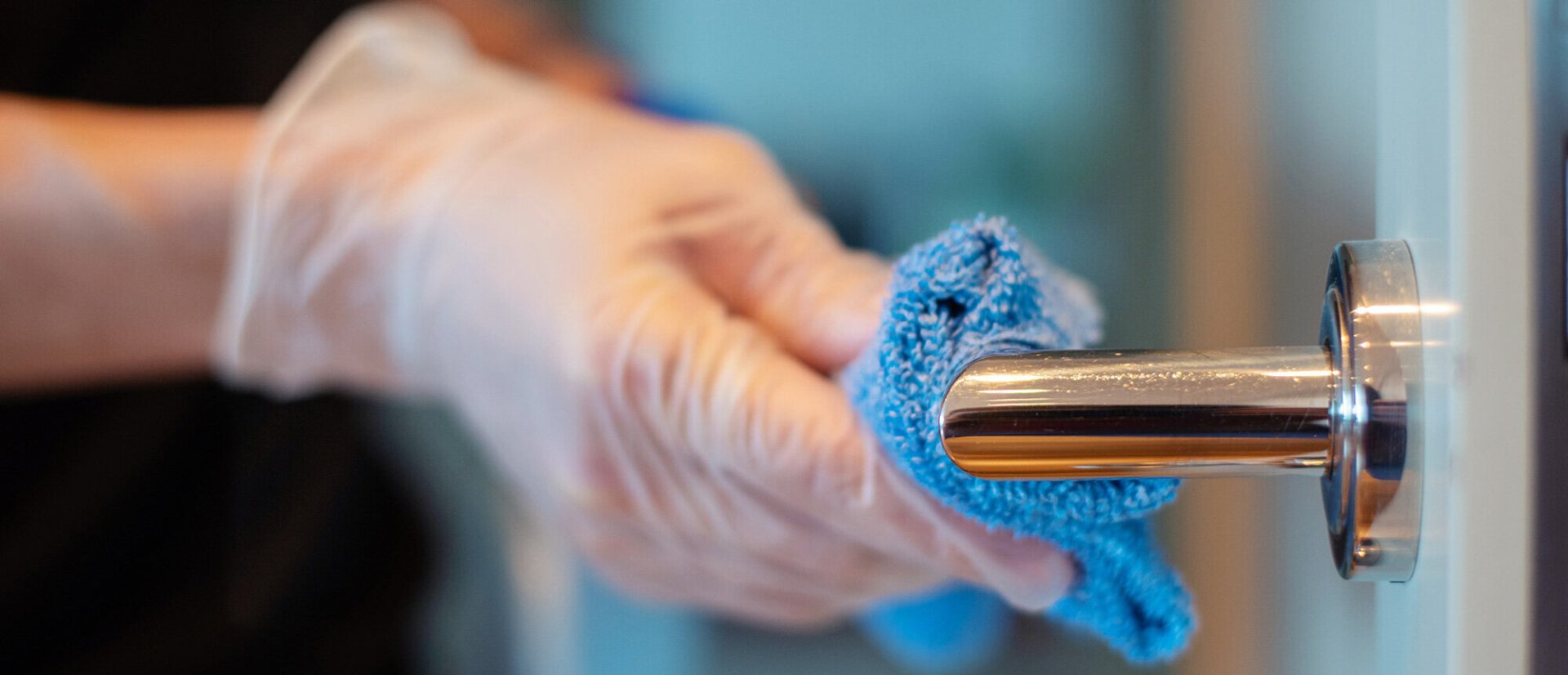
When to Sanitise or Disinfect
It is important to regularly sanitise hard, non-porous surfaces to prevent spreading bacteria that can cause illness. Such surfaces should be routinely cleaned in places such as schools, childcare centres, public transit, and high-touch areas at home. Businesses that deal with food should also make it a common practice to sanitise hard, non-porous surfaces that come in contact with food to prevent the spread of illness. It is especially important to sanitise surfaces in the kitchen at home after handling raw meat. In childcare or education settings, regular disinfection is required for surfaces used for diaper changing, toilet training, or cleaning up accidents involving bodily fluids. However, note that sanitisers can be used on both hands as well as surfaces.
Type of Surfaces
Using disinfectants is recommended when dealing with larger messes or frequently touched areas such as doorknobs, toilet handles, and sinks. However, when it comes to countertops, things can get complicated. If you are using these surfaces for food preparation, it is best to sanitise them instead of using disinfectants to avoid any potential harm from chemical residue.
ORAPI RECOMMENDS:
Food Surfaces Cleaner & Sanitizer
A Note About Sanitisers
Food service settings commonly use sanitisers, but they can also be used in other areas. Products labelled as “food contact” sanitisers are safe to use on surfaces that will have contact with food. For best results, it’s important to follow the instructions provided and allow the sanitiser to dry completely before allowing food to come in contact with the surface.
Sanitising and Disinfecting Contact Time
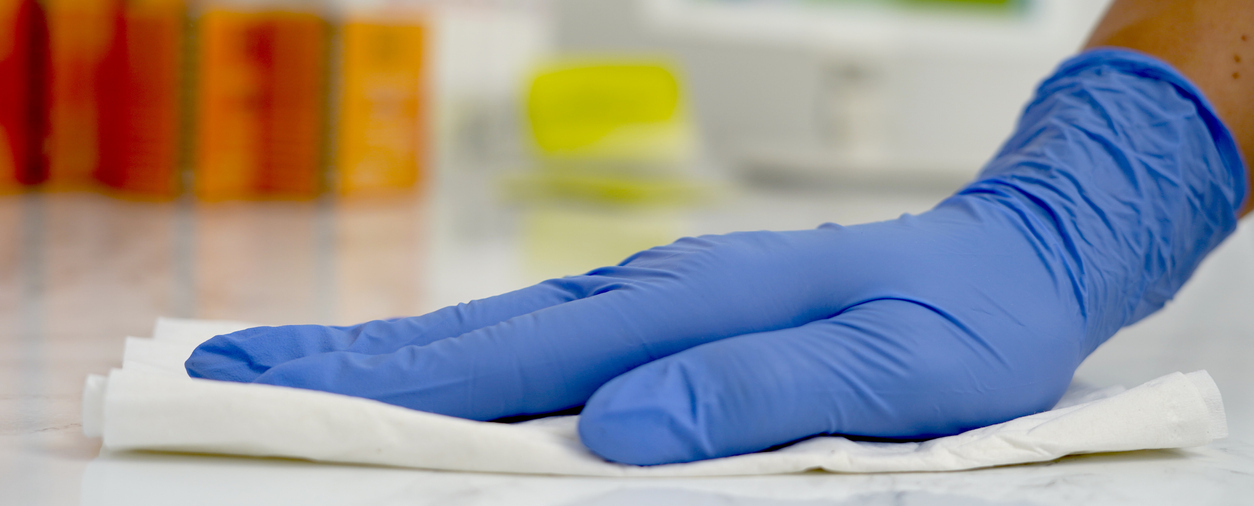
Chemical Composition
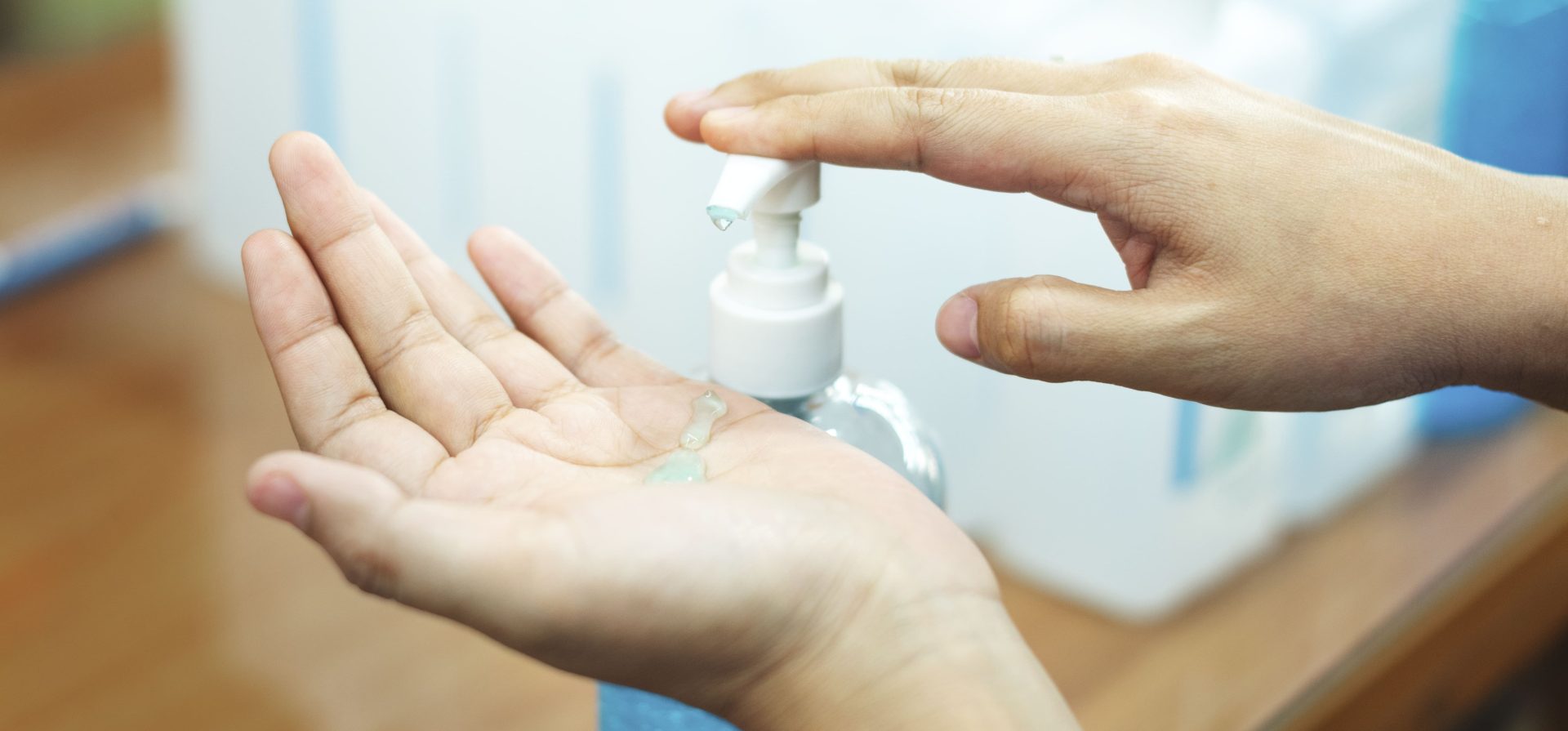
Sanitisers feature chlorine or alcohol-based solutions, which make them effective in fighting bacteria. However, their ability to combat certain viruses or fungi may be limited. On the other hand, disinfectants contain stronger compounds such as peracetic acid, hydrogen peroxide, quaternary ammonium compounds, or phenolic compounds. These disinfectants are more powerful and can effectively kill a wider range of pathogens than sanitisers. It is important to note that some sanitisers also contain QAC.
Advantages and Disadvantages of Disinfectant and Sanitiser
Sanitiser: Advantages vs Disadvantages
Sanitiser Advantages
Application: hand hygiene, food handling, quick surface disinfection
Speed: Provides rapid microbial reduction action and fast drying.
Mildness: Generally are milder and less corrosive, making them suitable for use on skin and certain surfaces.
Convenience: Ideal for immediate hand hygiene.
Sanitiser Limitations
Surface Effectiveness: While effective for hands, sanitisers may be less suitable for thorough disinfection in high-risk areas (eg. hospitals, dentists and etc.).
Disinfectants: Advantages vs Disadvantages
Disinfectant Advantages
Applications: Healthcare settings, environmental control.
public spaces,
Comprehensive Disinfection: Has a broader spectrum, capable of eliminating various pathogens.
Versatility: Can be used in diverse settings, from healthcare facilities to public spaces
Longer Residual Activity: Provide extended protection by remaining active on surfaces for a longer duration.
Disinfectant Limitations
Longer Contact Time: Achieving effective disinfection may require a longer contact time compared to the rapid action of sanitisers that could take from 60 seconds to 60 minutes.
Conclusion: Sanitising and Disinfecting
In this article, we dissect the distinct roles and functionalities of sanitising and disinfecting. Both methods serve to reduce microbial presence on surfaces, yet their effectiveness and application vary significantly. Sanitisers excel in reducing bacteria, though their efficacy against viruses and fungi remains limited. Conversely, disinfectants, armed with potent compounds like hydrogen peroxide or quaternary ammonium compounds, wield a broader spectrum of germicidal power, eradicating diverse pathogens. Understanding their divergent contact times, chemical compositions, and suitable surfaces is pivotal for informed usage. While sanitisers mitigate germ spread, especially in food-related settings, disinfectants are indispensable in spaces necessitating rigorous sterilisation. Adhering to manufacturers’ guidelines on contact time and surface suitability is crucial, ensuring optimal effectiveness in combating microbial threats for a safer, healthier environment.
